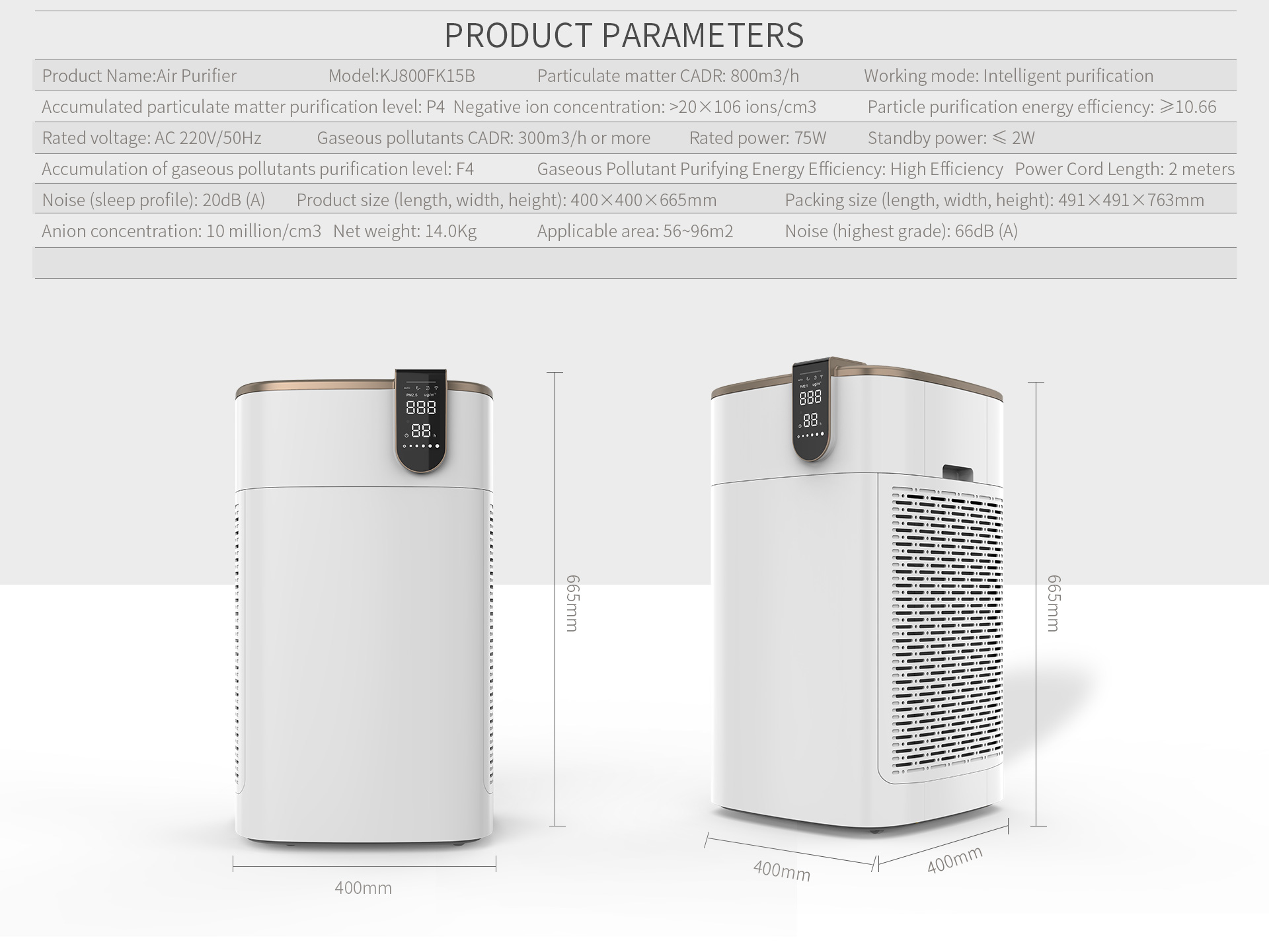How does an air purifier solve indoor air pollution problems?

Solving the growing problem of indoor air pollution through air purifiers is a common understanding of today’s society. However, it is estimated that many people can’t answer the question of how air purifiers solve various air pollution problems.
So, how is the problem of indoor air pollution generated? How does an air purifier solve indoor air pollution problems?
Unlike most people think, the main pollutants causing indoor air pollution problems are not dust pollutants or gaseous pollutants such as formaldehyde, but biological pollutants. Biological pollutants are mainly composed of pathogenic microorganisms. In outdoor environments, these pathogenic microorganisms are not affected too much by the sun, the gas flow, and the bactericidal plants, but they are crowded, dark and ventilated. It is easy to breed and breed in a bad indoor environment, especially in summer.
The reason why air purifiers can solve indoor air pollution problems is that most of the air purifiers are equipped with ozone and ultraviolet disinfection technology inside, which has a good killing function for indoor bacteria and germs. At the same time, the air purifier with high-efficiency filtration and electrostatic adsorption function can adsorb the pathogenic microorganisms attached to the inhalable particulate matter in the air and kill them, thereby completely preventing the pathogenic microorganisms from harming human health.
Of course, the current mainstream air purifier can only kill a few of the main pathogenic microorganisms, such as tuberculosis, diphtheria, hemolytic streptococcus and so on. For most pathogenic microorganisms that are not common pathogens, mainstream ozone and UV disinfection techniques are not reliable. However, along with the discovery and application of bio-antibacterial peptides, the ATP HEPA antibacterial peptide filter has solved this problem well.
The antibacterial peptide originally refers to a kind of basic polypeptide substance with an antibacterial activity which is induced by insects, and has a molecular weight of about 2000-7000 and consists of 20-60 amino acid residues. Most of these active peptides are characterized by strong alkalinity, thermal stability, and broad-spectrum antibacterial properties. In the years after 1980, people have discovered and isolated polypeptides with antibacterial activity from bacteria, fungi, amphibians, insects, higher plants, mammals and even humans. After entering the 21st century, antibacterial peptides have officially been applied to the field of air purifiers as a means to more effectively solve indoor air biological pollution problems. However, due to the new technology, there are not many air purifier products currently using ATP HEPA antibacterial peptide filters.
Contact us for more products and discounted prices
Helen:
+86 13922346046
info@olansiglobal.com
https://www.olansiglobal.com